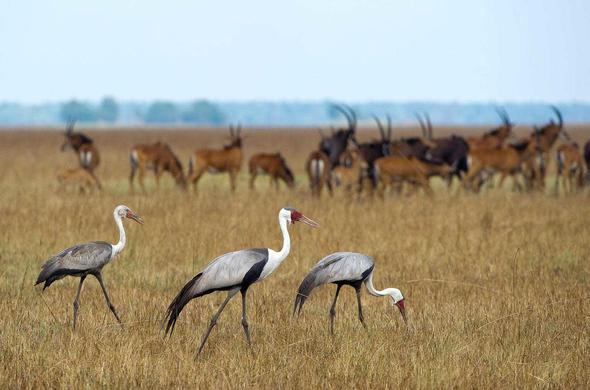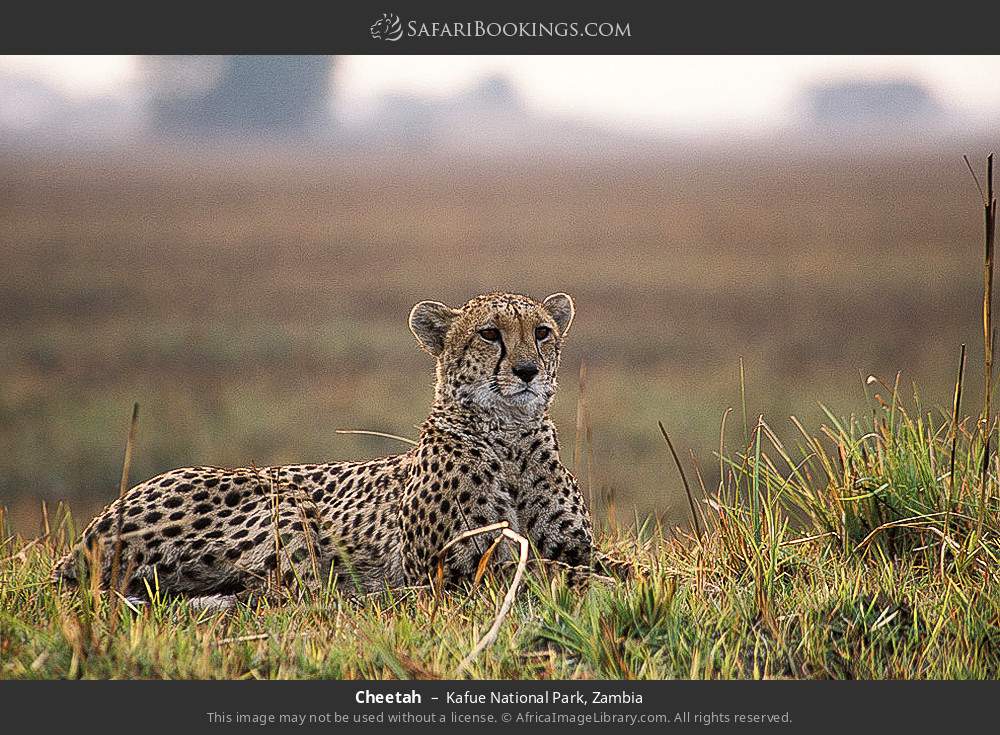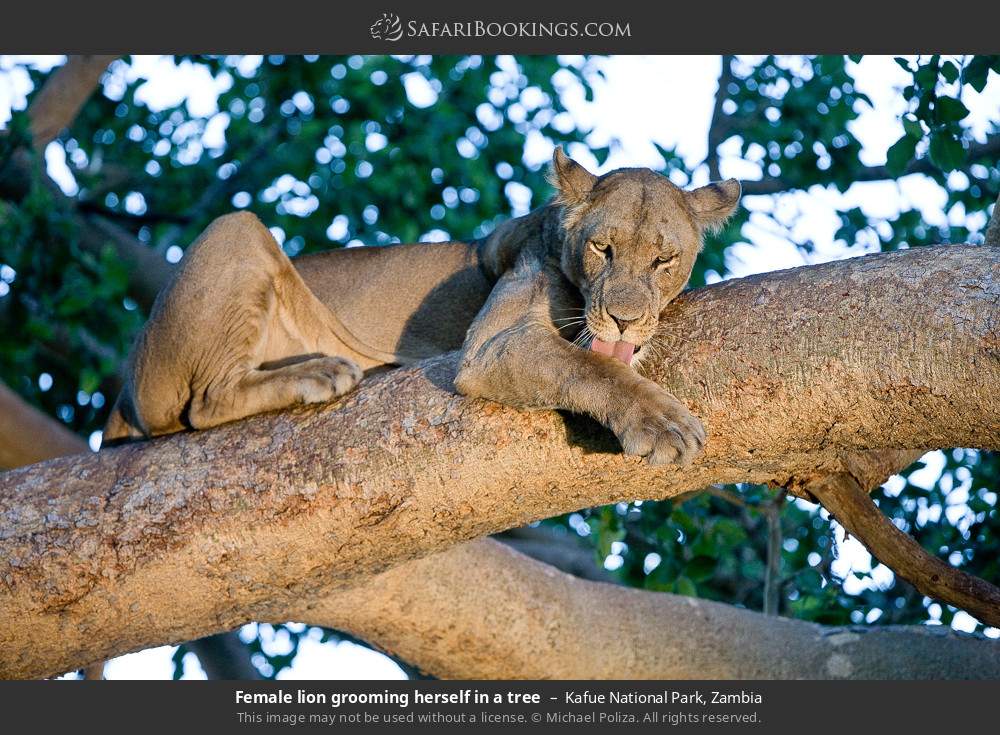Table of Contents
List of Zambia national parks and reserves.
List of Zambia national parks and reserves. Zambia is a landlocked country in the southern part of African continent having rugged terrain and virtue wild life. The country is famous for its walking safaris , game viewing and many others from its wild places that make it worth a visit . among the place in the country for wilderness and wild life views include national parks and game reserves as explained below.
Lochinvar national park.
Lochinvar national park is an amazing park located on the southern side of the flood plains of river Kafue in the south west province of the country. The park stretches on an area of 428 sq km and it was designated a wild park in 1972. It’s famous for the Kafue lechwe and bird life.
Its 410 square km and it’s bordered by monze in the north 235km from Lusaka, Kafue flats in the south. The park is habitant to over 400 bird species and other mammal species like the buffaloes, wild beasts, kudu, oribi and other live in the park. Other attractions in the park include the hot springs ay gwisho which is an old archaeological site. The park has been divided into three distinct zones namely; northern flood plain, central grass lands and the southern woodlands.
 |
When to visit the park, the best game viewing is done in the dry seasons as its best and then during the wet seasons, bird watching is best as the plant life in the park has variety of food to feed and here birds can easily be spotted.
Liuwa plain national parks.
Liuwa plain national park is located in the far west of Zambia. The park got its name “liuwa” from the local people (litunga and lubosi lewanika) as it means “plains”, its stretches on a 3369 sq km area and it has one of the oldest conservation histories in Africa. In 2008, re introduction of lions, elands, buffaloes, were established in the area as a compensation of the much wildlife that was killed by the locals during hunting times.
The park has a rich wilderness homing large populations of wildlife like antelopes, wild dogs, lions, hyenas, jackal, zebras, wild cats and many more are permanent animals at the park. Prolific bird species can also be seen at the park and these make it a bird lover’s haven.
When to visit the park, during the months of august to December, best views of wildlife are best at the park as it gives its best drastic storms for photography.
Kafue National Park
Kafue national park is situated in the centre of western Zambia and it covers a massive 22,400 km2. It was designated a National Park in the 1950’s by the legendary Norman Carr, Kafue National Park is the oldest and largest of Zambia’s national parks and the largest national parks in the whole of Africa. The park has a great diversity of wildlife homing in it an these include Harte beasts, zebras, hippos, lions , leopards, cheetahs, buffaloes, red lecher and many others . The park also provides grounds for fishing activity.
 |
 |
When to visit the park, the dry season runs from June to October, with most of the park being inaccessible during the wetter months of November through to April. Inaccessibility however need not be a deterrent to those wanting to visit the Kafue in the ‘green’ season, as it is a spectacular time of year and the lush greenery of the bush is something really to behold. The dry season does however enable easier driving and game is generally easier to view in the dryer months.
How to access the park, the Kafue is dissected by the main Mongu Road and it’s a tar road that gives easy access to the park even by 2 wheel drive vehicle to the park, this drive can take 3 to 4 hours to reach the Hook Bridge. Visitor should not attempt to drive the relatively extensive internal road and game drive network in a 2 wheel drive vehicle however 4×4 vehicles are a must.
Sioma ngwezi national parks.
Sioma Ngwezi National Park is the third largest Park in Zambia covering a total area of more than 5000 km2 mainly covered by Kalahari woodland . Sioma Ngwezi National Park has been heavily poached and this has called for re-establishment of various wild lives for example elephants in the Park are seen at the southeast border where they have been re-established.
According to wildlife scouts from the Zambian Wildlife Authority (ZAWA) the Park holds a variety of animal species such as elephant, tsessebe, zebra, impala, kudu, duiker, buffalo, hippo, lion, leopard, hyena, cheetah, wild dog, giraffe, eland, sable, roan, crocodile and sitatunga as well as a great number of birds. When to visit the park, favorable times to see the parks beauty of wild life and plants species is during the months of April to December.
South Luangwa National Park
South Luangwa National Park is Zambia’s most-visited park of all Zambia’s national parks. The Luangwa River national park is the most intact major river system in Africa and is the life-blood of this 9059 km2 Park. The Park hosts a wide variety of wildlife like: lions, leopards, buffaloes, elephants, birds and vegetation.
There are 60 different animal species and over 400 different bird species in South Luangwa National Park. The only notable exception is the rhino, sadly poached to extinction. Over 400 of Zambia’s 732 species of birds appearing in the Park, including 39 birds of prey and 47 migrant species, there is plenty for the birdwatcher to spot, whatever the season.
Vegetation of Zambia with magnificent trees like mopane, Leadwood, winter thorn, the tall vegetable ivory palm, the marula and the magnificent tamarind tree and plants grow in the Luangwa Valley and it certainly adds to the richness of one’s experience to be able to recognize the different tree species and to discover exotic wildflowers.
There are plenty of other animals too and Some of them you won’t see anywhere else except in Zambia like; Thornicroft giraffes, Cookson’s wildebeest and craw shay zebras. When to visit South Luangwa National Park, the dry season months are best for spotting animals especially in July to September. Visiting South Luangwa during the wetter months (November to April), you’ll understand why this is called the ‘emerald season’ as it reviles the beautiful greenery and really fresh air.
Nyika Plateau National Park
Nyika Plateau National Park is located on the Malawian border, actually an extension of the National Park on that side. Nyika has a beautiful montane highland area. Nyika Park is an extension of the national park on Malawian side. This makes it easy for a tourist to go between two sections without exiting the park. There are awesome views from 2 000 metres above sea level here. It experiences a pleasant warm climate compared to the heat of the valley.
Landscapes consist of open rolling grasslands with valleys, green protea bushes, slopes of wild flowers and green hills. There are also rocky outcrops and small tropical forests. Wonderful views and walking here is a pleasure because of the wild flowers especially in October and November. The park has a bird haven in it and this is the Chisanga Falls. Animals living here include Zebra, Roan, Eland and Reedbuck also Leopard and various nocturnal animals that can be seen on night drives.
When to visit Nyika Plateau national park, the dry season is best for game viewing, gorgeous wild flowers after the rains from November to March. It can get very chilly at night even in summer, winter is June to August.
Sumbu National Park
Sumbu National Park is designated in the most northern tip of Zambia, on the shores of Lake Tanganyika. It covers about 2000 km² and has some 80 km of lake shore including four bays, and Nundo Head Peninsula. Sumbu has 100km (62 miles) of some of the most pristine shores of this massive lake. The lake has excellent angling, some scuba diving, Stunning landscapes and sandy beaches, cliffs, coves and bays with valleys and rocky hills.
The Park has suffered declining wildlife numbers in the past, but they are recovering. Sightings are not guaranteed but animals that can be seen in the Park include Buffalo, Elephant, hippos, Lion and Leopard. however, Zebra and Spotted Hyena among others. Birdlife is prolific with migrant species such as the flamingo ,the skimmer, grey-headed gull, fishing owl, spoonbill, whiskered tern, the fishing eagle, Plamnut vulture and a number of marabou storks, ducks and herons bird species are present at the lake shores.
When to visit Sumbu national park, Warm weather all year round, with warmest temperatures in September and October, evenings and mornings are coolest from May to August. Game viewing is best in the dry season.
Lower Zambezi National Park
Lower Zambezi National Park is designated in southern Zambia, the park is Zambia’s newest Park in the Zambezi River valley which is known for abundant wildlife, including buffalo, fish eagles and herds of elephants. home to hippos and crocodiles are the river waters. In the east, the river passes past the striking red cliffs of Mupata Gorge.
The Park lies across the river from the Mana Pools Reserve in Zimbabwe and the 2 areas form a huge wildlife sanctuary. Most game can be found on the valley floor. Large herds of Elephant are present, also Buffalo, Lion and Leopard in this area. See wonderful birdlife along the river banks.
Best time to visit Lower Zambezi National Park, the Season is from April to November with June to September being the best, angling season is best September to October.
Game reserves in Zambia
Munyamadzi Game Reserve
Munyamadzi Game Reserve is an 18,500 ha unfenced private wilderness reserve, it was taken over by current management in 2008 when wildlife populations were dangerously low due to poaching by the local communities. Wildlife populations have since increased, thanks to appropriate anti-poaching and fire management policies, and the vegetation is recovering from the onslaught of improper fire use.
Management of munyanadzi game reserve has since then developed and established strategies and business model to invest in natural resource protection. wildlife monitoring and community outreach; these, combined with tourism, are the pillars of sustainable conservation. The wildlife has rebounded incredibly for example wild dog packs of up to 18 have been sighted – a sure sign of conservation success through prey base protection and safety provided by anti-poaching patrols, buffaloes, puku, kudu, leopards, giraffes, cooksons wildebeest and zebras. . Chalets are spread under large trees on the banks of the Luangwa River with exquisite views of the Bulonga Hills.
Munyamadzi is part of the corridor used by wild dogs to disperse between the Luangwa National Parks, Lower Zambezi National Park, the Luano Valley and Mozambique.
Mukalya Private Game Reserve
Mukalya is one of the few reserves in the Lower Zambezi that provides ultimate luxury bush experience, mukalya game reserve is found along the mighty Zambezi 180Km from Lusaka making it directly opposite the Hurungwe Safari Area .
sightings of elephants, eland, sable,tsessebe, giraffes, waterbucks, duickers, zebra, lions, buffalo, and other game as well as the magical sounds in the early hours of the morning and evening.
The games give a scenic view of Kariba Dam Wall from below and a gigantic rock island which is referred to as the “Ngami Nymai” river god of the Zambezi.
Chaminuka game reserve
Chaminuka game reserve is designated about 50 km north east of Town; Chaminuka Game Reserve is a famous tourist attraction in Zambia that has attracted tourists to visit the place.
The game homes abundance of wildlife and birdlife species that includes a mixture of mammals, amphibians and reptiles. Wildlife like variety of cats, primates, reptiles such as lion, elephant, giraffe, Burchells, zebra, hyena, porcupines, Sable, Blue wildebeest, Buffalo, Bushbuck, Buffalo and other species.
This game reserve boasts an amazing bird species that will leave birders amused with its scenic view. Chaminuka Nature Reserve houses an excellent lodge that is made for the comfort of the visitors. Activities such as cheetah experiences, game drives, bush walks bird watching.
when to visit the Chaminuka game reserve, the best time to view the animals is in the dry season that is from the month of May to October. During this season, tourists have a high chance to spot the animals in their natural habitat. It is the time when animals roam around freely inside the park and gather around the waterhole to quench their thirst.
